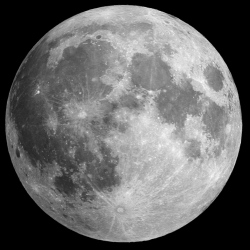
SpaceX announced it has been approached to fly two private citizens on a trip around the moon in 2018. According to the company, the mission will use SpaceX’s Falcon Heavy rocket, designed deliver to large payloads to orbit inside a composite fairing.
SpaceX says the composite payload fairing protects satellites during delivery to destinations in low Earth orbit (LEO), geosynchronous transfer orbit (GTO) and beyond. The company adds that the Falcon Heavy is largely inspired by its other composite-intensive rocket, the Falcon 9, which recently completed a successful launch from the original NASA liftoff pad that first sent astronauts to the moon.
For both rockets, the use of composites extends beyond just the payload. The Falcon 9’s interstage, which connects the upper and lower stages of the rockets, is a composite structure with an aluminum honeycomb core and carbon fiber face sheets.
However, unlike the Falcon 9, SpaceX hasn’t tested the Falcon Heavy yet. According to SpaceX, Falcon Heavy is due to launch its first test flight this summer and, once successful, will be the most powerful vehicle since NASA’s Saturn V moon rocket to reach orbit. At 5 million pounds of liftoff thrust, Falcon Heavy is two-thirds the thrust of Saturn V and more than double the thrust of the next largest launch vehicle currently flying.
After the test launch of Falcon Heavy, SpaceX also plans to launch its Dragon 2 spacecraft to the International Space Station. The Dragon 2 features titanium tanks wrapped in carbon fiber composites to hold the helium used to pressurize its engines.
“This presents an opportunity for humans to return to deep space for the first time in 45 years and they will travel faster and further into the Solar System than any before them,” SpaceX said.
And should the 2018 moon mission prove successful, there may be more to come.
